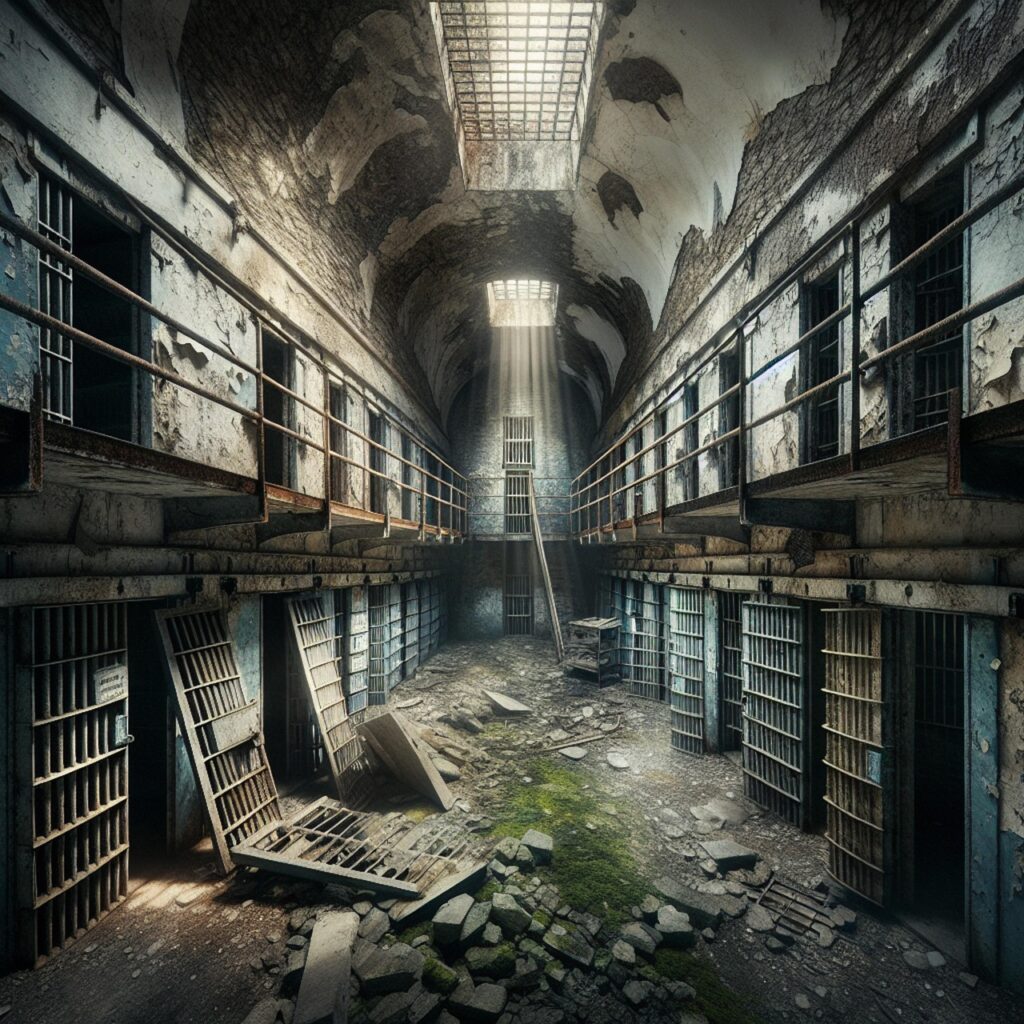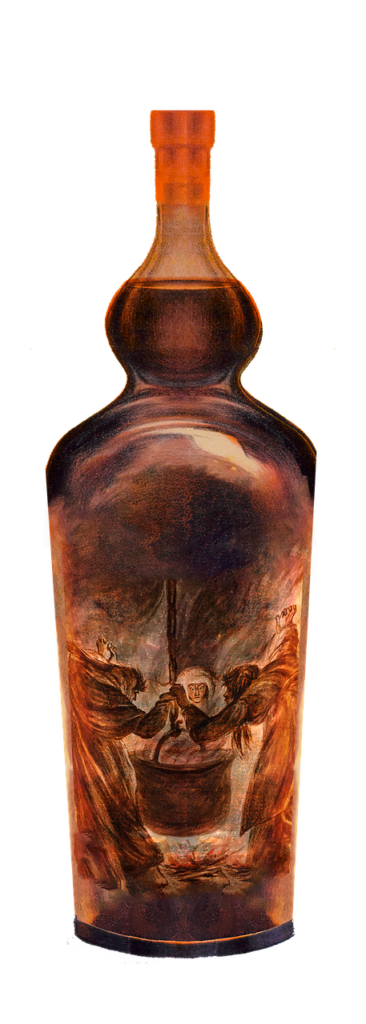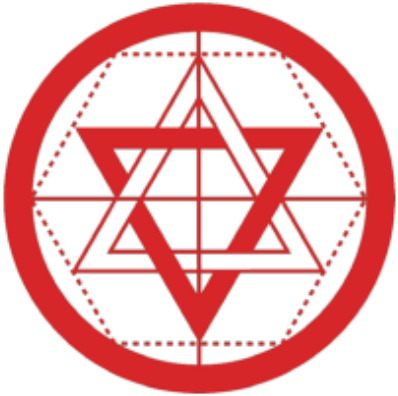“Ten Instructions to Men of Desire”, is a series of lectures by Louis Claude de Saint Martin. On the face of it, they are his interpretation of the cosmology put forward by Martinez de Pasqually in his Treatise. But to think of it as an introductory or explanatory document to Pasqually’s text is to do it a severe disservice. I consider it to be an important document in its own right, and one that can stand on its own. It adds Saint Martin’s own flavour to the story, and completely skips much of the dogmatic story-telling of Pasqually.
The translation I discuss here is the excellent version released roughly five years ago by Ordre Martinistes Souverains, OMS. You can buy it here. (Note, this is not a marketing link. I have no association with OMS, financial or otherwise, and recommend this book based only on its quality.)
Before the beginning
God, for reasons beyond our comprehension, emanated what Saint Martin refers to as Free Beings. This was outside of Time and Space, and so “before” the narrative that we read in the book of Genesis. These spirits were truly Free in the sense that God did not restrict their thoughts or their will.

Some of these Beings conceived the idea that their undoubted glory made them equal to the Divine One who emanated them. In their thoughts arose the notion that they too could create. They thought to set themselves as creators equal to their own Creator.
(In the mystical numerology of Pasqually, they added another 1 to the original 1 to make 2 — the number of confusion.)
Trapped in Space
In the mysticism of Saint Martin and Pasqually there is an important Trinity — Thought, Will, Action. Each leads to the other. For a thought to arise within a Free Being is not in itself criminal, since the thoughts of a being may be influenced by many outside factors. But their Will is entirely under their control, and so Willing to follow through on an evil thought *is* criminal.
Seeing that they had not only thought to commit this crime, but had set their wills to carry it out, the Divine acted to prevent this. He created Space, and cast them into it.

At this point in the narrative there is no time or matter. There is the Divine Court, consisting of God and those emanated beings who did not Will to follow through on their evil thought, and the fallen spirits in Space.
Central Fire Axis
This is a concept that is very important in the development of Saint Martin’s cosmology, but one that is relatively unusual. I’m not aware of any other mystical systems that makes use of a similar “mechanism”.
The Central Fire Axis is the “Fire energy” (in an alchemical sense) that brings form, movement and life to the chaotic formless void. The action of this “axis” is performed by so-called “Spirits of the Central Fire Axis”.
Once emanated, these spirits encircle and enclose the Space inhabited by the Fallen Spirits. The Evil spirits are now trapped.
Creation
The Chief of the Universe — alternately YHWH and Man, depending on which part of the Myth you are reading — is emanated from the Divine to guide the Spirits of the Central Fire Axis in their work. Another way to put this is that this Chief provides these Spirits with instructions from God on what to do with Space. This guidance comes in the form of the Divine Logos placed at the heart of this Chief.
From within themselves — almost like the Divine emanation itself — they extract the three alchemical bases of all material: Mercury, Sulphur, and Salt. For the first time, matter exists and we find ourselves in Genesis:
The earth was without form and void, and darkness was over the face of the deep
Genesis 1:2
Under instructions from the Divine Logos, the Spirits of the Central Fire Axis caused the three alchemical elements to take form, and be cooked within something Saint Martin refers to as a “Philosophical Matras” (a long-necked container used in alchemical works). As the womb of the material Universe, it is this that is responsible for all movement and life, and so Time itself.

Adam
We must remember that the purpose of all of this was not just to contain the Fallen Spirits, but also to rehabilitate them. To be brought back to the Divine Court requires a magical act and so requires a Magician. Or rather, to use the language of Saint Martin, a Man-God.
Adam is this Man-God.

Adam’s role is to act on the Fallen Spirits, either with force or by suggestion, to bring them back to the Divine.
But Adam Falls. The Demon Chief recognises Adam’s link to the Divine, and so tempts him to eat of the Tree. Adam is successfully tricked, and so falls into Matter.
The Man-God is humbled and humiliated. Cursed to live in the same dark material as the demons he was tasked with rehabilitating. Stripped of his powers, he finds himself in need of the same rehabilitation.

Before the Flambeaux.


Leave a Reply